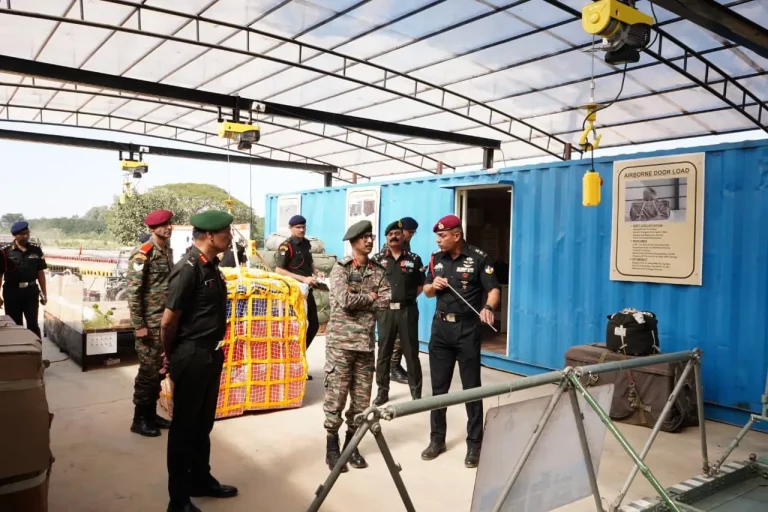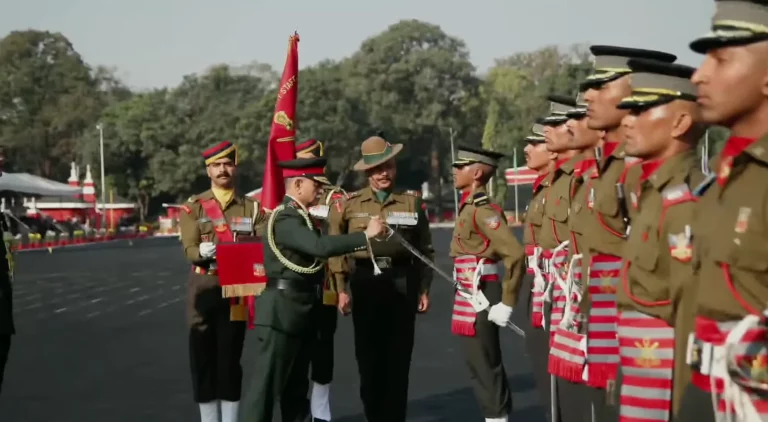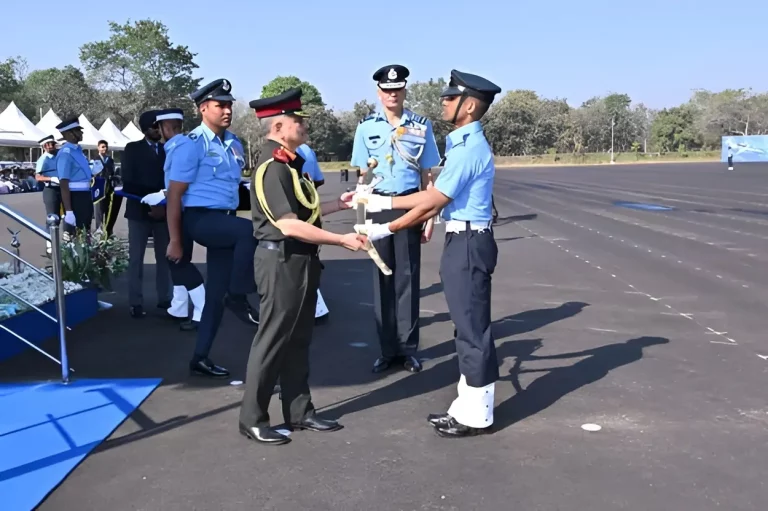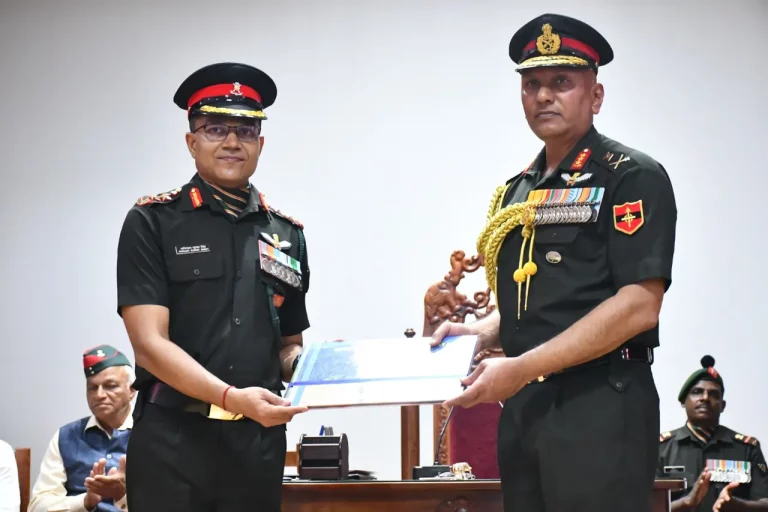In a key step toward enhancing India’s defensive capabilities, Lieutenant General Manjinder Singh, the Army Commander of the South Western Command, conducted an extensive review of the Corps of Army Air Defence (AAD), recognized as “The Valiant Wings.” The assessment centered on the Corps’ technological integration, professional standards, and mission-oriented readiness.
During the visit, General Singh praised the Corps for its outstanding performance, spotlighting its significant contribution to Operation Sindoor. This operation, which executed high-precision strikes against terrorist infrastructure, underscored the AAD’s critical role in safeguarding Indian airspace while supporting modern counter-terrorism initiatives.
Founded in response to aerial threats during the Second World War, the Corps of Army Air Defence evolved into an autonomous force in 1994. Its development has been supported by the Army Air Defence College in Gopalpur, which is instrumental in training personnel in advanced air defence artillery and missile systems. The college has established itself as a premier institution, integral to the operational effectiveness of the AAD by focusing on cutting-edge techniques and technologies.
General Singh’s review aligns with the Indian Army’s broader ‘Decade of Transformation’ initiative, which aims to enhance operational capabilities and adapt advanced technology across its ranks. As part of this initiative, the South Western Command places significant emphasis on strategic evaluations to ensure that units like the AAD remain responsive to evolving security challenges.
The Army Commander was briefed on the Corps’ operational capabilities, deployment strategies, and recent technological advancements. He commended the professionalism of the AAD, highlighting its innovative approaches, particularly its contributions to recent operations. The emphasis on joint operational effectiveness between the AAD and other branches of the Indian Armed Forces has become increasingly crucial in contemporary warfare. The integration of artificial intelligence and automation for surveillance and targeting, along with rapid response mechanisms tailored to address asymmetric threats, were identified as essential components of modern military strategy.
The AAD is tasked with defending vital military and civilian infrastructure from aerial attacks across diverse terrains. Its transformation into an autonomous unit has allowed it to focus on developing the necessary ground-based air defence systems to meet today’s multifaceted threats.
The review concluded with General Singh reiterating the Indian Army’s commitment to building a force that is prepared for both traditional and non-traditional threats. He emphasized that the strength of the Army lies not only in superior technology and weaponry, but also in its personnel—disciplined, skilled, and exceptionally motivated to uphold the nation’s sovereignty.
This comprehensive evaluation exemplifies the Indian Army’s dedication to maintaining a proactive defence stance. By blending time-honored military traditions with a forward-looking approach to strategy and technology, the Corps of Army Air Defence stands as a formidable deterrent against aerial threats, continually prepared to protect the skies of India.
















